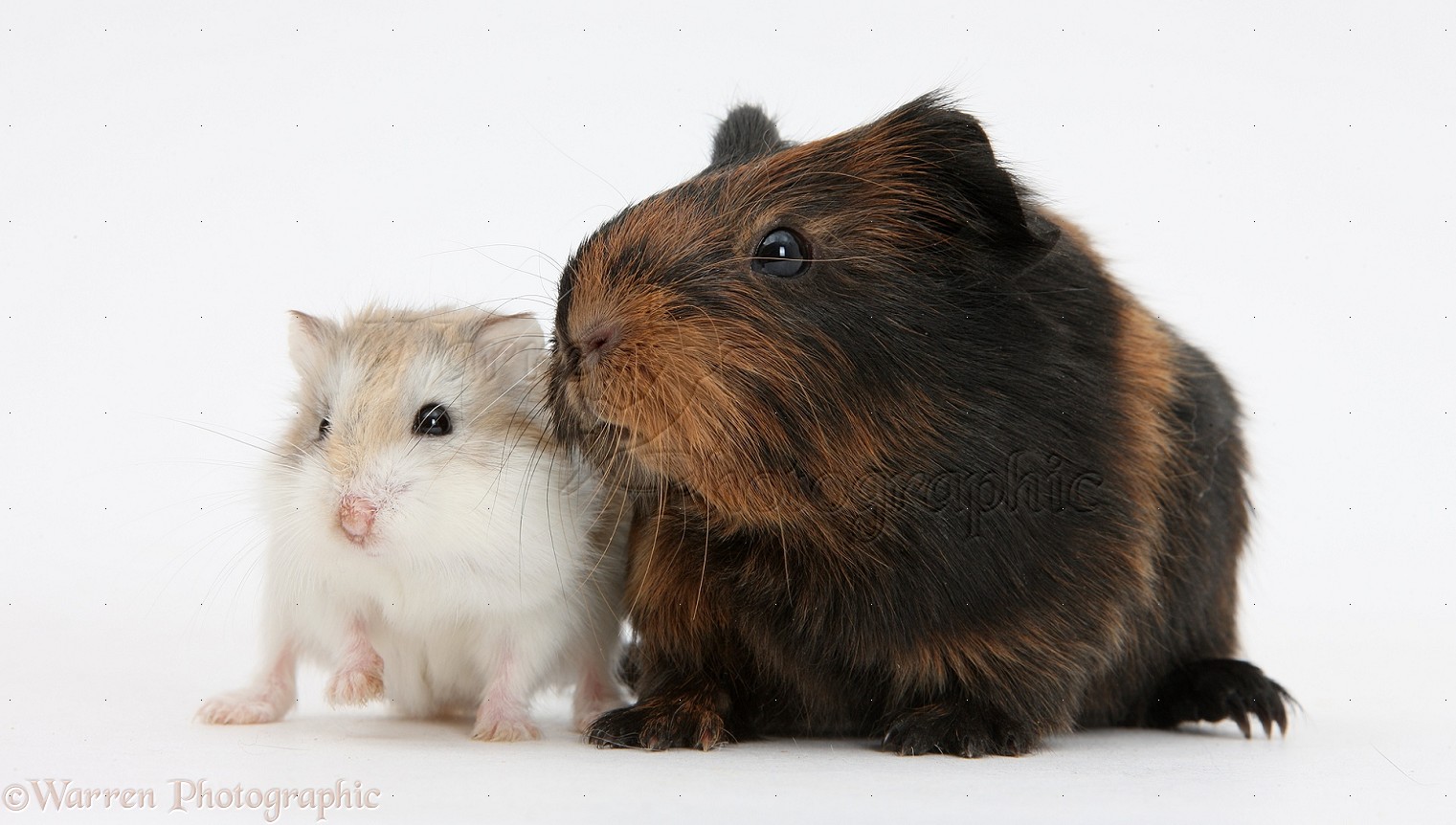Thanksgiving Play and Ceremony
- zafirokiwi
- Oct 19
- 4 min read
Updated: Oct 22
Scenes:
Pre-show calls
Pilgrims living in England decide to travel to America.
Trip and storm (Song: Over the Deep Blue Sea)
Winter in America
Meeting the indians (Song: Ten Little Indians)
Indians teach Pilgrims to grow crops.
Autumn harvest
First Thanksgiving + We are thankful for...
Acrostic THANKSGIVING
The President pardons a turkey.
What really happened after (indian disruption). Indians today (Song Jack Hartman Pow Wow)

Script:
Pre-show calls
Stage Manager 1:
"Ladies and gentlemen, this is your first call."
Stage Manager 2:
"Pilgrims and Indians, this is your second call."
Stage Manager 1:
"Dads and Moms, this is your third call."
Stage Manager 1 and 2:
"Welcome to the BEST Thanksgiving Ever"
Pilgrims living in England decide to travel to America.
Host:
Once upon a time, way back in 1620 in England...
Pilgrim 1 DG:
They don't let us have our opinions and values.
Let´s go to the New World!
Let's board the Mayflower
Kids make the Mayflower with cardboard parts
Trip and storm (Song: Over the Deep Blue Sea)
Host:
Pilgrims were unaware of the challenges ahead.
SONG: Over the Deep Blue Sea
Pilgrim 3 IS:
The storm is dangerous!
Pilgrim 5 LU:
Oh my god! I'm going to get into the ship!
Pilgrim 2 IR:
The ship is too weak for the storm!
Pilgrim 1 DG:
The Mayflower is going to sink!
Pilgrim 4 LS:
Oh! The ship is under the water!

Winter in America
Host:
The trip took 66 days.
They got to Massachusetts.
It was winter.
Pilgrim7 SMM:
It' so cold in winter!
Pilgrim6 AT:
Yes, it's very cold.
Pilgrims are freezing.
They cover themselves in blankets.
Some get sick and stay on the ship.
Some die.
Pilgrim 8 MT:
Look! Spring is coming!
Pilgrim 9 AX:
Yes, Spring is coming!
Pilgrim 10 EM:
It's a beautiful spring!
Pilgrim6 SMM:
Yes, it's a beautiful spring!
Meeting the indians (Song: Ten Little Indians)
Host:
The spring came, and the Pilgrims met the indians who had been living in these lands for more than 10,000 years and knew all about living here.
Indian 3 NH:
Hello Pilgrims.
My name is Noah.
Indian 4 LY:
Hey Pilgrims!
How are you today?
All Indians:
♫Hello! How are you?♫
All Pilgrims:
♫Hello! How are you?♫
Indians: ♫Hello! How are you?♫
Pilgrims: ♫Hello! How are you?♫
Pilgrims: ♫I´m (hungry, sad, cold, tired)♫
Indians: ♫I'm (ok, good, great, happy)♫
Indians: ♫What's your name? What's your name? What's your name? ♫
Pilgrims: ♫What's your name? What's your name? What's your name? ♫
Pilgrims and Indians:
♫My name is (Each one says their own name)♫
♫1, 2, 3, 4♫
♫Nice to meet you! (They hug)♫
Let's be friends!
Indian
Indians taught Pilgrims to grow crops.
Indian 11 LU:
This is the corn🌽. You can make popcorn with it. It will grow in 1 year.
Indian 12 GL:
This is the pumpkin! 🎃It will grow in 5 months. Okey?
Pilgrim 11 YO:
We could make a great Pumpkin Pie🥧.
(Kids put seeds in the soil.
Tramoyists bring corn and pumpkins
and put them as if they had grown.)
Autumn harvest
Pilgrim 11 YO:
Look! A pumpkin has grown!
Host:
The Pilgrims wouldn´t have survived without the indians' help.
First Thanksgiving + We are thankful for...
Host:
Crops grew well that fall. Pilgrims invited the Native Americans for the first Thanksgiving.
All:
Kids say I'm thankful for_____.
Acrostic THANKSGIVING
The President pardons a turkey.
President TD:
Stop the oven!
I forgive you.
Good luck!
You are my best friend!
Turkey GB:
We are best friends!
What really happened after (indian disruption). Indians today (Song Jack Hartman Pow Wow)
Host:
We have celebrated Thanksgiving every year since then. It means family bonding, friendship, gratefulness, and peace. However, this was not always the case.
There's a USA map drawn on the patio.
English colonizers chase indians. Indians stand in diferent places in th USA
Indians:
Indians say theyr names and roll in the history or interesting data
SONG: Powwow
CURTAIN
Extra Information:
Many Native American tribes have persisted and grown today, such as the modern Cherokee, Choctaw, and Seminole nations, while others have become extinct as distinct cultural groups, like the Beothuk. Some tribes were declared extinct by colonial authorities, but their descendants continue to exist and are often federally recognized, like the Pequot, while other groups like the Tyeno are showing up in genetic studies as having persisted in the populations of other Caribbean people.
Persisting tribes
Cherokee: The Cherokee Nation has grown to around 450,000 citizens today, a significant increase from the number of survivors after the Trail of Tears.
Choctaw: Many Choctaw continued to reside in their ancestral lands in Mississippi rather than being removed, and a modern Choctaw Nation exists today.
Seminole: A small group of Seminole evaded forced removal and are the ancestors of the modern Seminole Nation of Florida.
Pequot: Though colonial authorities classified them as extinct, the Pequot tribe persists as a federally recognized tribe today.
Hopi: The Hopi are considered one of the oldest living cultures in documented history and continue to live in their ancestral lands in Arizona.
Non-removed tribes: Many other groups like the Lumbees, Shinnecocks, and Abenakis were never subjected to removal efforts and have persisted in their homelands.
Extinct or drastically reduced tribes
Beothuk: The Beothuk are considered extinct as a cultural group and are represented now only in historical and archaeological records.
Pequot: While the Pequot tribe exists today, their power as a distinct polity was eliminated after conflicts with colonial authorities.
Iroquois Confederacy: During the Beaver Wars, the Iroquois Confederacy destroyed several large tribal confederacies, including the Mohicans, Huron, and Susquehannock.
Panará: The Panará tribe was severely affected by contact with settlers, losing more than 250 members in the first year of the government road project cutting through their territory.










Comments